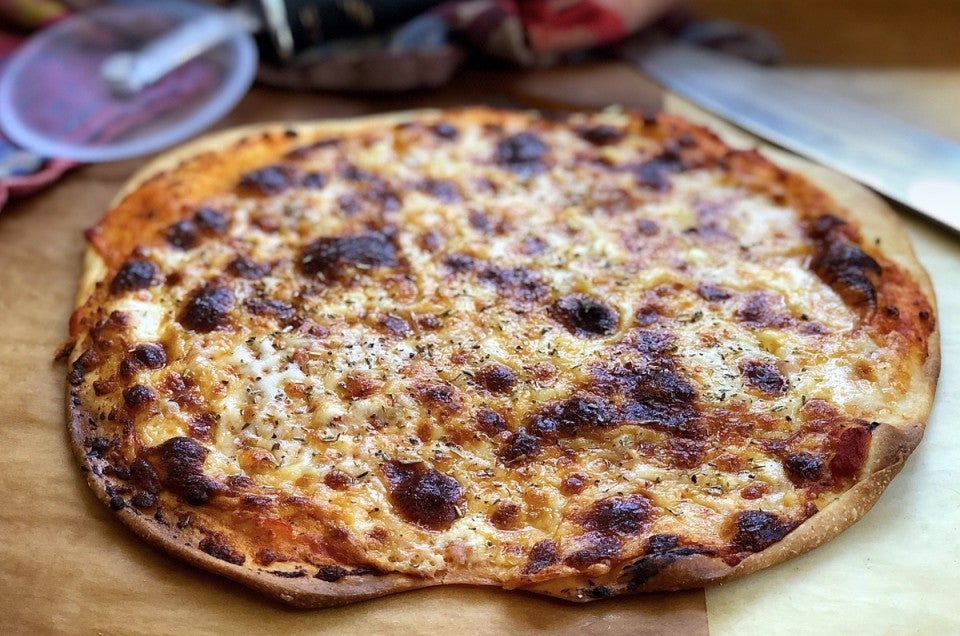


Back in high school, when you stopped by the pizzeria to order takeout, you probably didn’t bother to sneak a peek behind the counter to see if the pies emerging from the oven were cut into thin, crunchy triangles or thick rectangular slabs. Pizza was pizza; thick crust, thin crust, who knew? Now that you're grown and you've been exposed to the ongoing competition between thin- and thick-crust pizza fans, it behooves you — a baker responsible for satisfying many different palates — to know how to bake both hearty thick-crust pizza and the best thin-crust pizza.
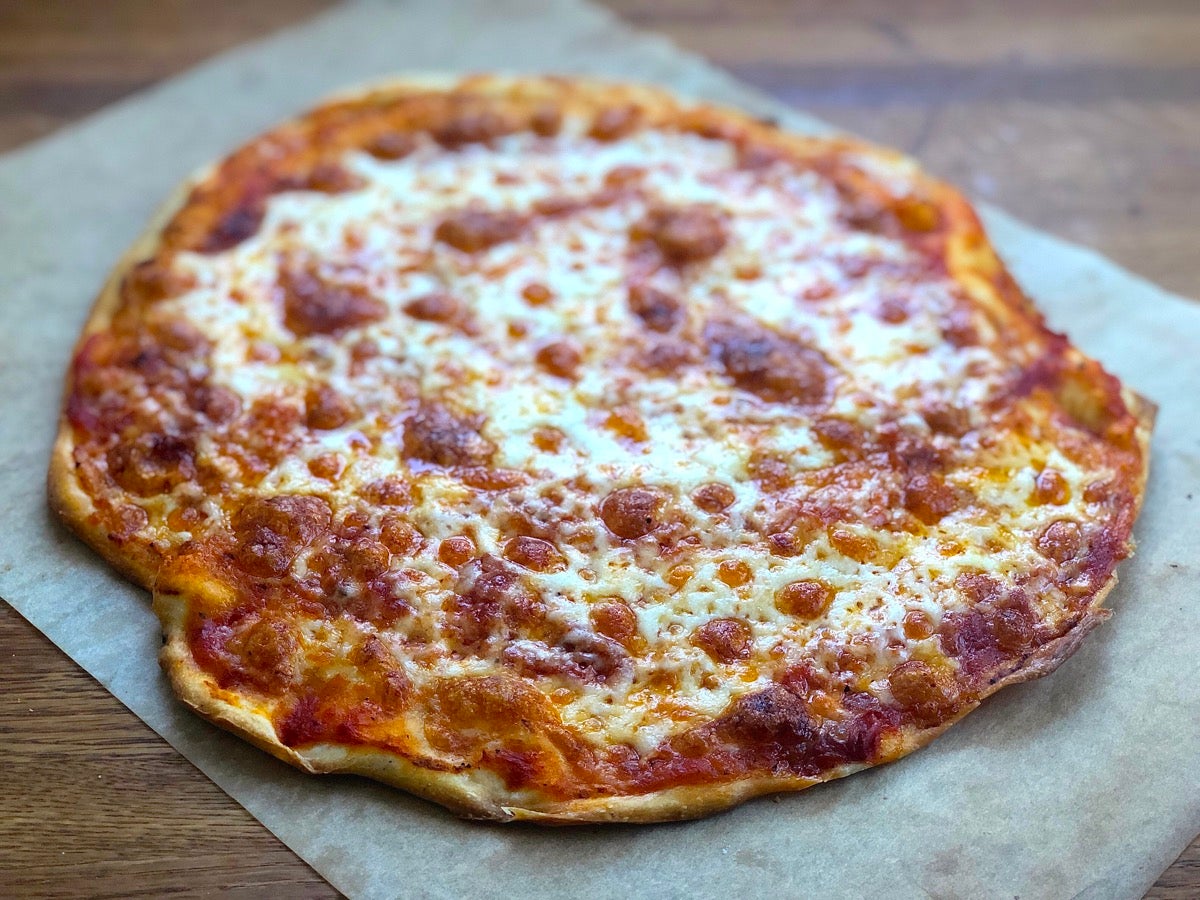
You can find many recipes for thin-crust pizza out there, including several right here on our site. But rather than send you to a specific recipe for this popular pizza style (which might involve specialty flours or other out-of-the-ordinary ingredients), I’ll show you some techniques for taking your own favorite pizza dough and turning it into thin-crust pizza.
Let’s back up and look at toppings first. Once your crust is ready to roll, you don’t want to be fooling around with simmering sauce or grating cheese.
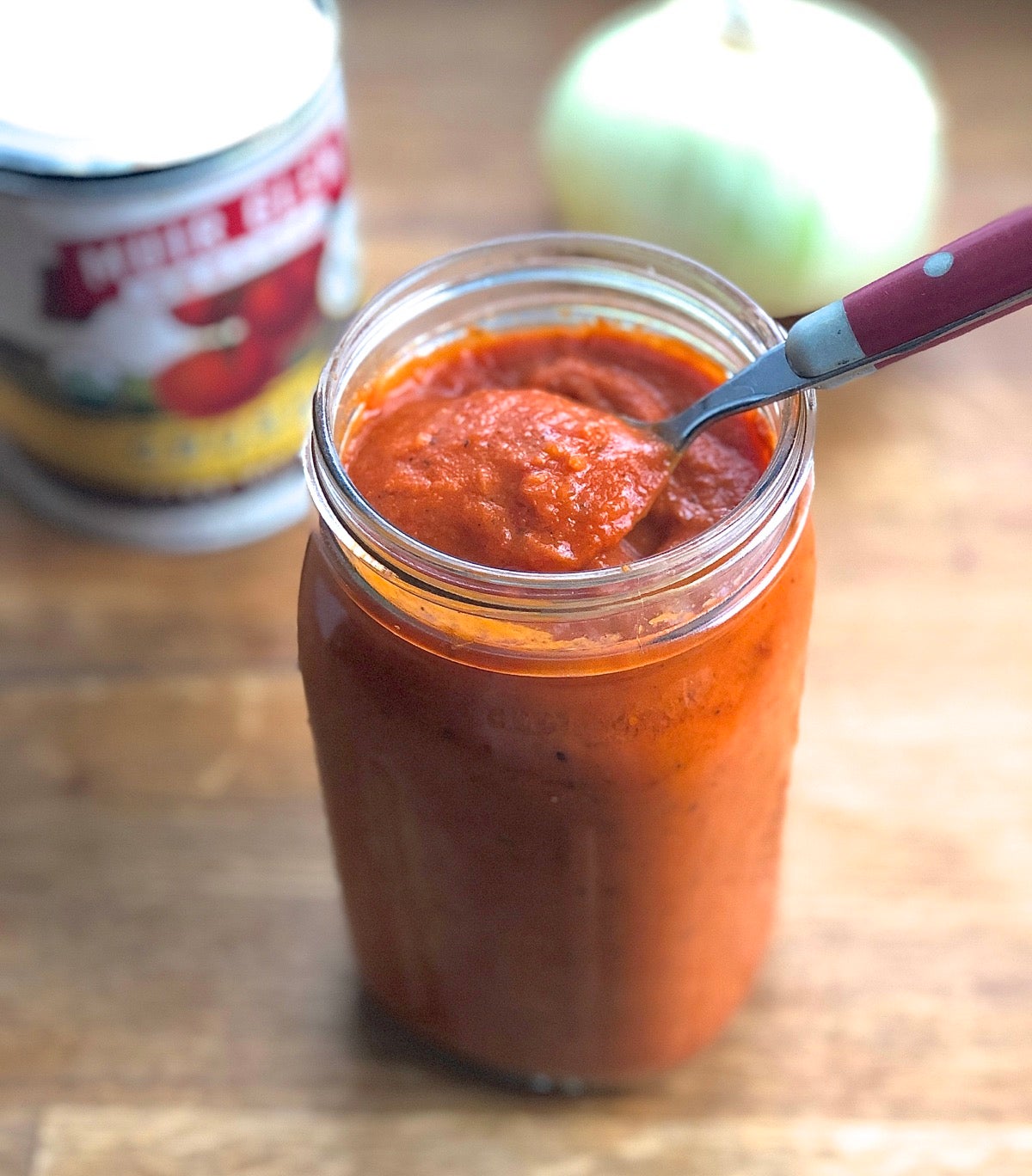
While there are good bottled spaghetti/pizza sauces out there, I discovered a favorite homemade sauce recipe years ago and have stuck with it: Marcella Hazan's Tomato Sauce. It's simple yet sublime: canned tomatoes, butter, salt, and an onion.
I do tweak the recipe a bit by adding a tablespoon of sugar along with the salt, then stirring in 1/4 teaspoon baking soda at the end (to cut the sauce's acidity). Also, rather than discard the stewed onion (as directed), I blend it right into the sauce with a stick blender; it adds extra body and flavor.
The result? A generous 3 cups of sauce, enough for many thin-crust pizzas and a batch of spaghetti as well.
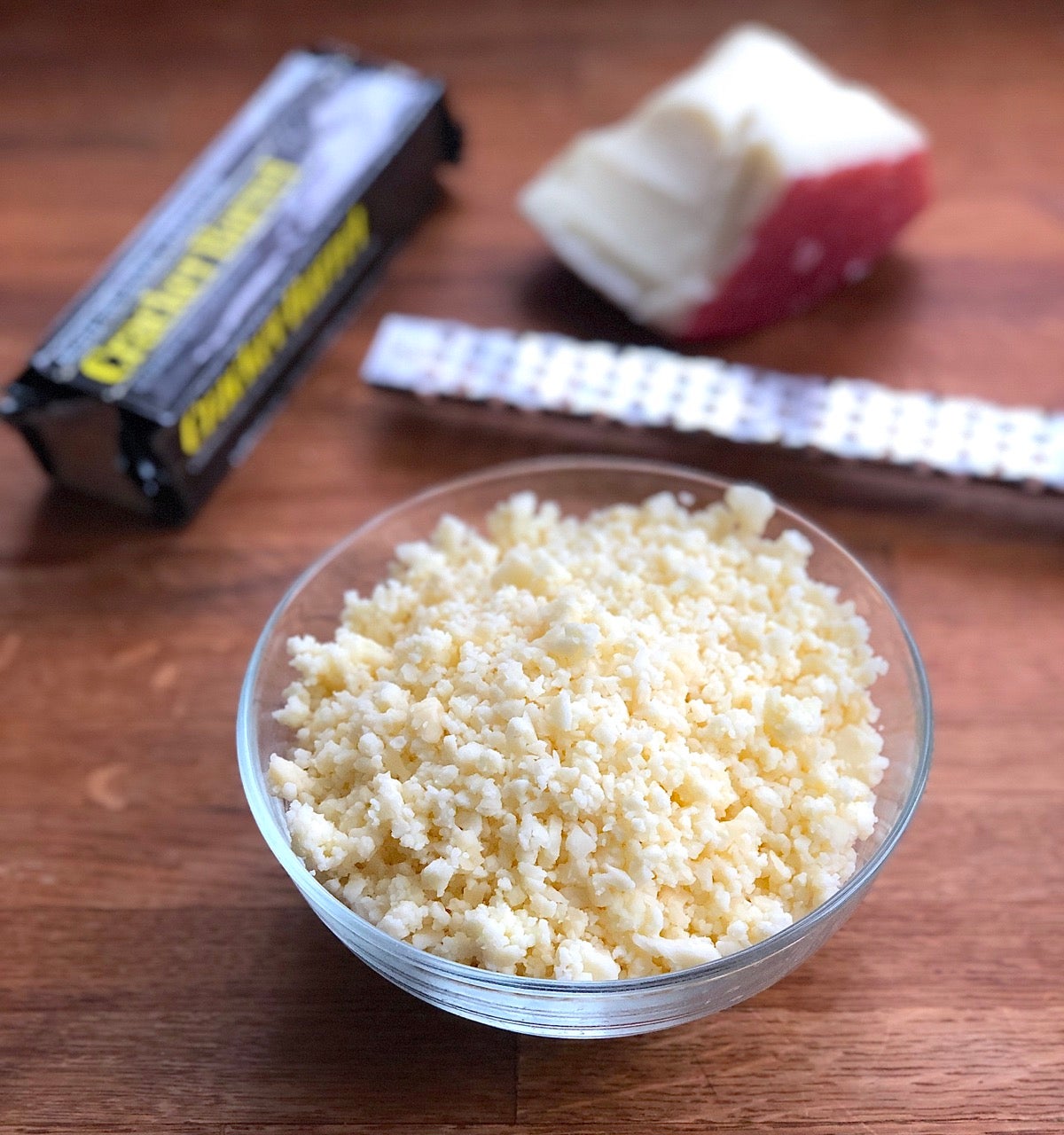
I’ve found that the typical pre-grated bagged cheese you buy at the supermarket sometimes doesn’t melt as well as cheese you grate yourself. Also, who’s to say the “Italian Blend” you buy is exactly what you like?
My favorite pizza cheese blend is equal parts sharp cheddar, mozzarella, and provolone (smoked, if available). I buy a stick of cheddar, then chunks of provolone and mozzarella from the deli; throw them in my food processor, and there you have it: freshly grated pizza cheese, just the way you like it.
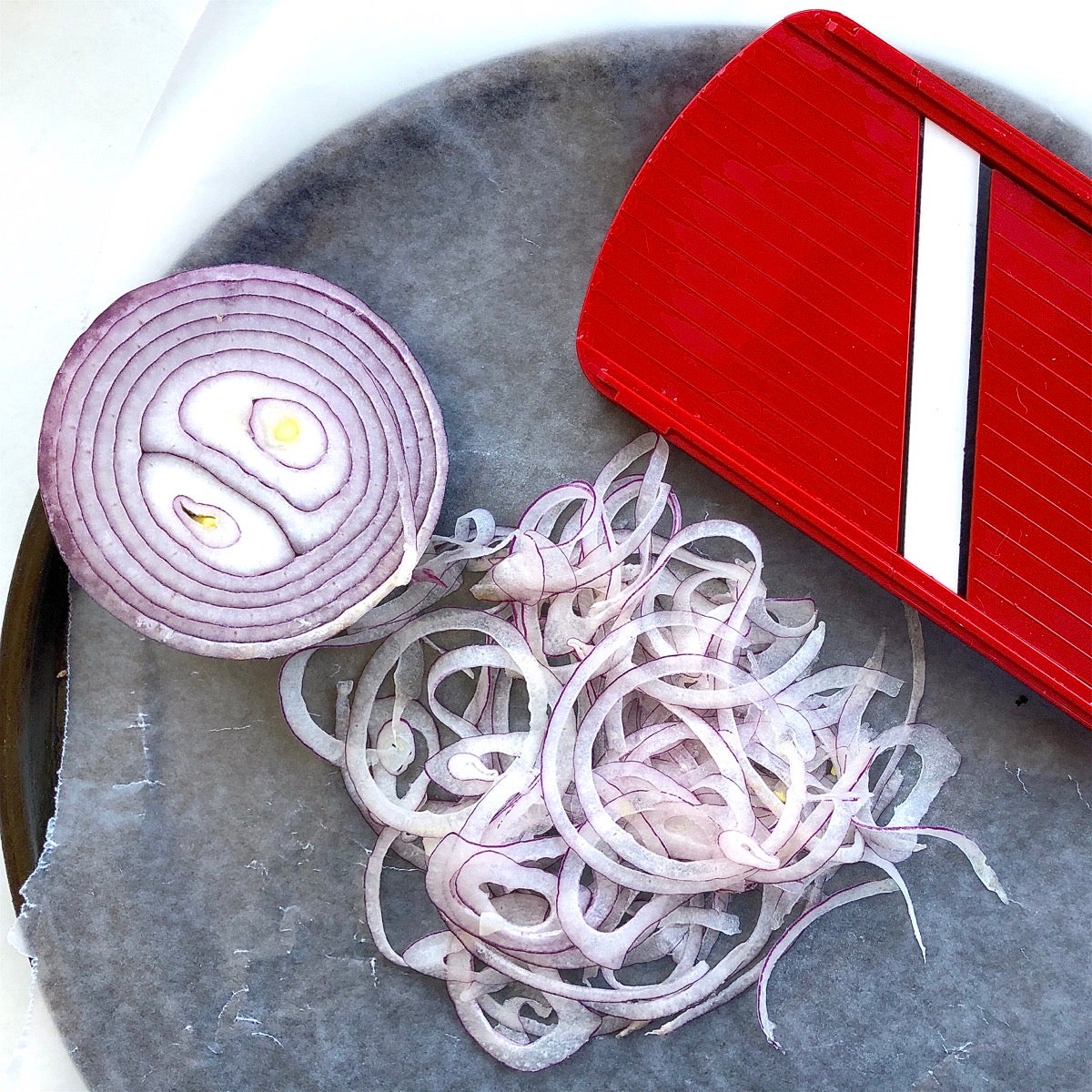
Rather than use an avalanche of chunky, heavy toppings, I like to take the minimalist approach: If vegetables or meats are atop my pizza, I make them whisper-thin.
My simple plastic mandoline shaves onions, tomatoes, and peppers into near-translucent pieces. If I’m adding meat, I prefer ultra-thin sliced salami or prosciutto.
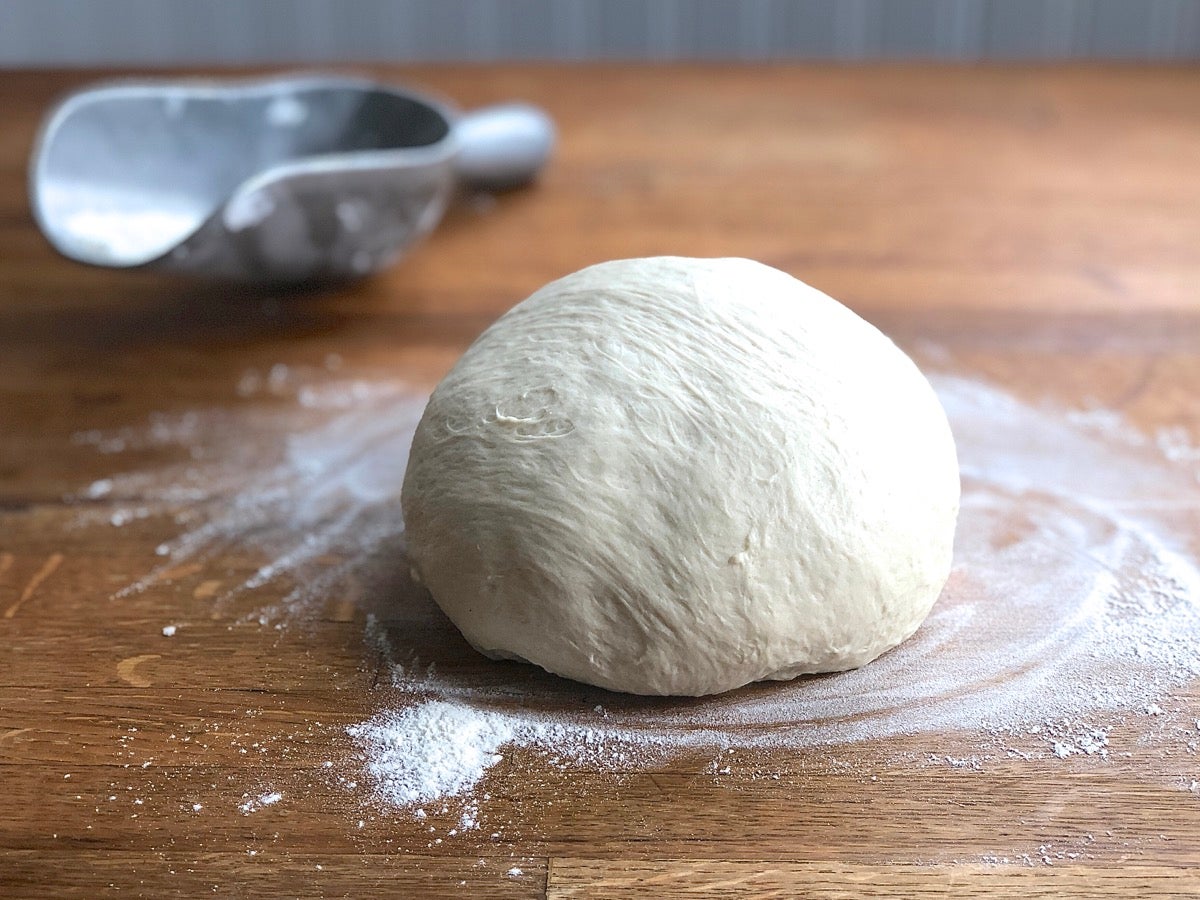
If you simply use your regular pizza dough, with its full complement of yeast, there’s (almost) no way you’re going to prevent your crust from rising vigorously (and becoming thick) once it hits the oven. So for thin crust, you'll want to dial down the yeast's activity.
You might choose to reduce the yeast in your recipe. But I like to use the called-for amount of yeast but take the dough directly from kneading to shaping, with no rise in between. Without that first rise the yeast is much less plentiful, plus skipping the rise saves time. And I don’t have to think about changing my recipe (which in the case of these tests is our basic Pizza Crust.)
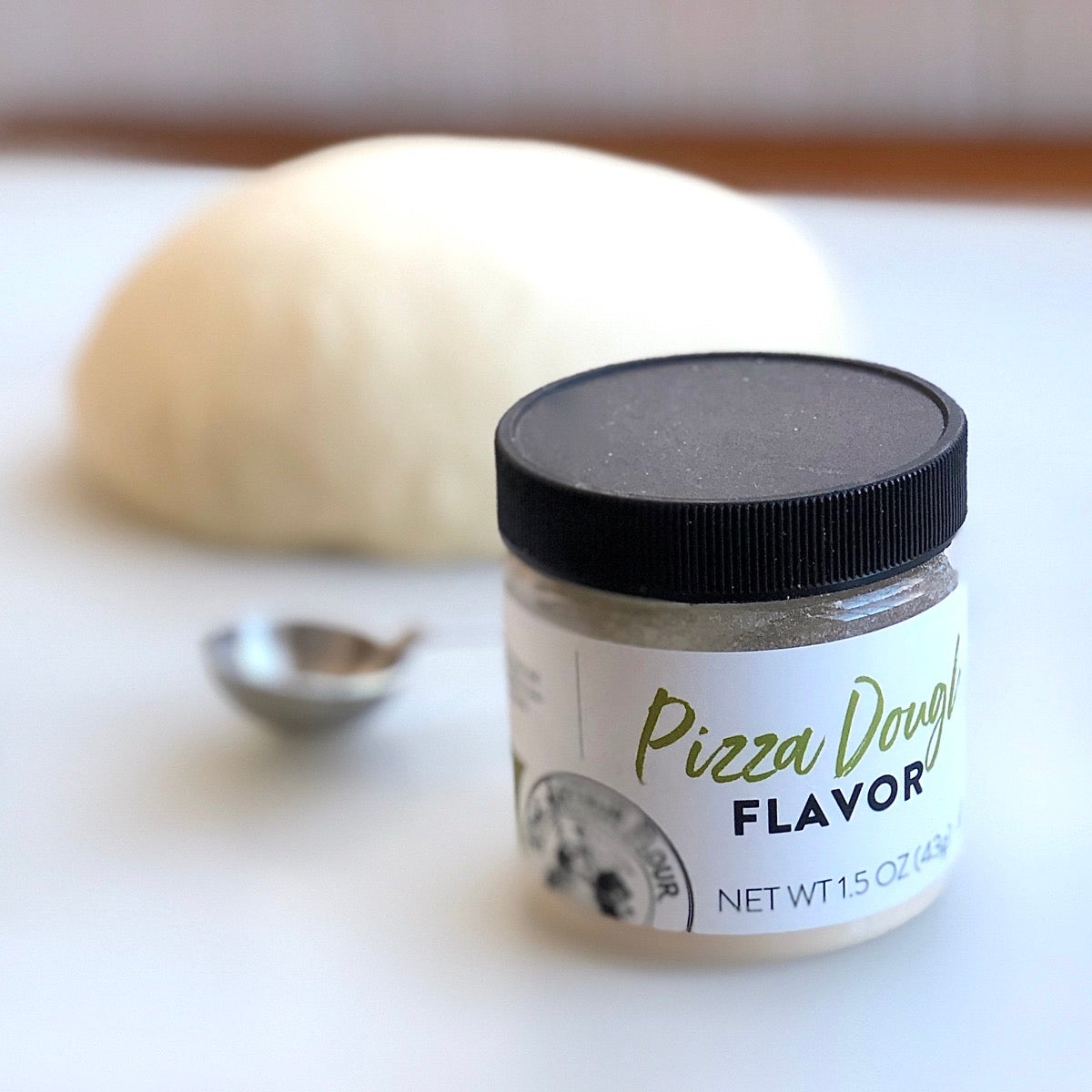
Does it matter what a thin crust tastes like? I mean, there’s hardly anything to it. Surprisingly, I’ve read a number of reviews of thin-crust pizza recipes that complain about the crust tasting “flat” or “like cardboard.” This is because yeast dough develops flavor over time, as the yeast grows; cut back on that time, and you reduce the crust’s flavor.
One solution? A few teaspoons of one of my favorite ingredients, Pizza Dough Flavor. We discovered this product years ago in a baking trade magazine, and its combination of cheese powder, garlic, onion, and other natural flavors imparts “pizzeria pizza” flavor to any potentially bland crust.
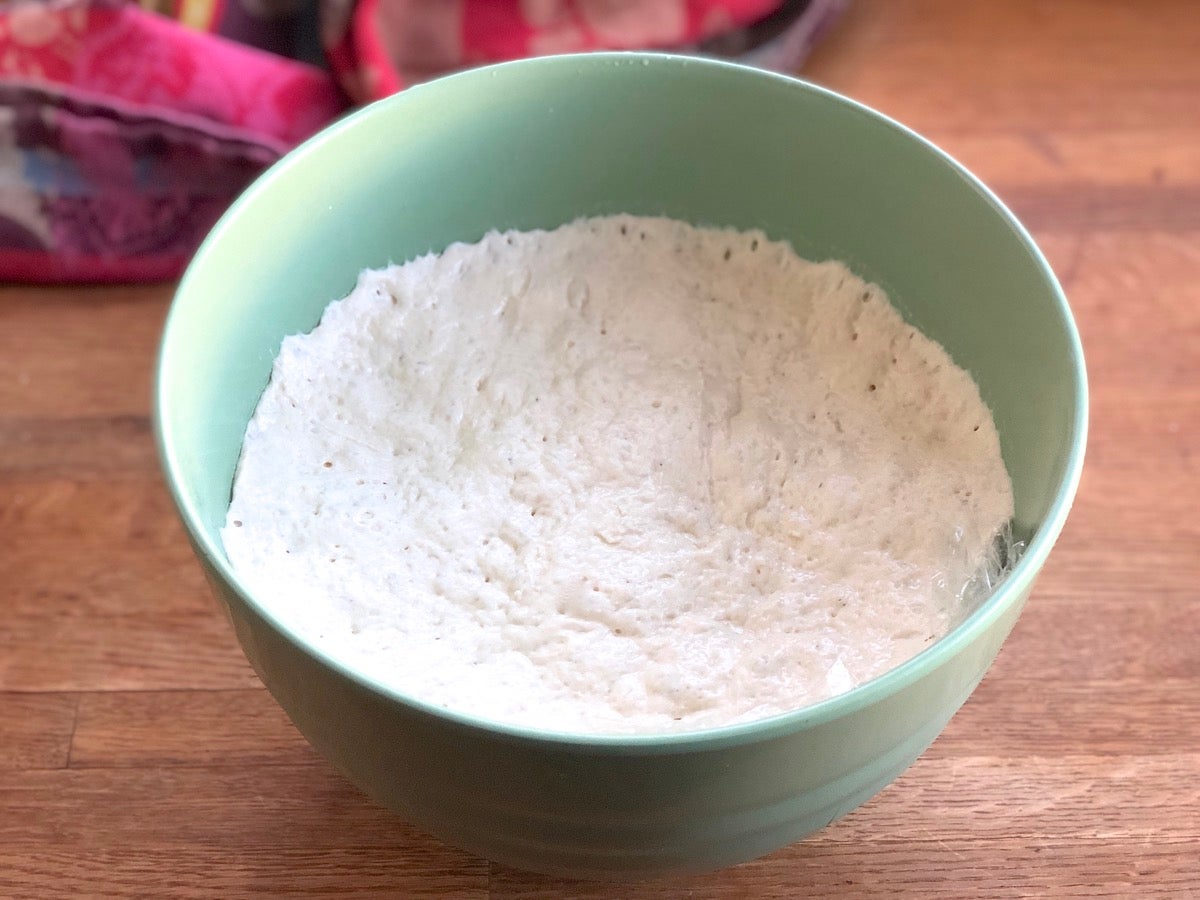
Even if you shy away from added ingredients, you can enhance your crust's flavor by letting your dough go through its first rise, then refrigerating it: overnight, or for several days in the case of a recipe like No-Knead Crusty White Bread, which I often use to make pizza dough.
I like to refrigerate my no-knead dough for four or five days before using it for pizza crust. I take the dough from the fridge, roll it thin, and bake it right away, before the yeast has a chance to warm up and get going again. About 13 ounces (a good handful) of this dough will make a nice freeform half-sheet size thin-crust pizza.
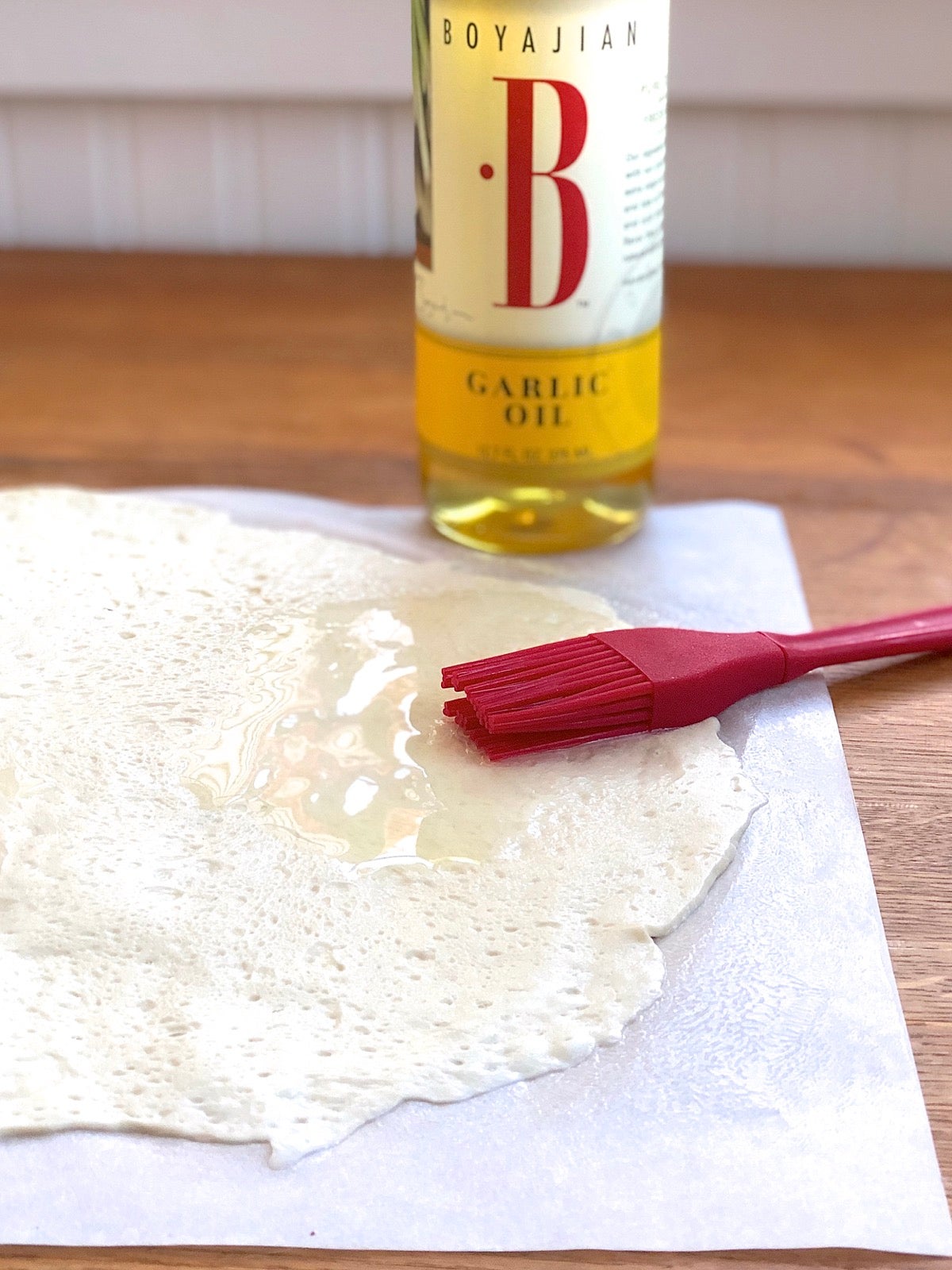
Spreading the untopped crust with garlic oil adds a hint of garlic and rich mouthfeel. The oil also acts as a barrier between crust and sauce, protecting the crust from excess moisture and helping ensure it remains optimally crispy.
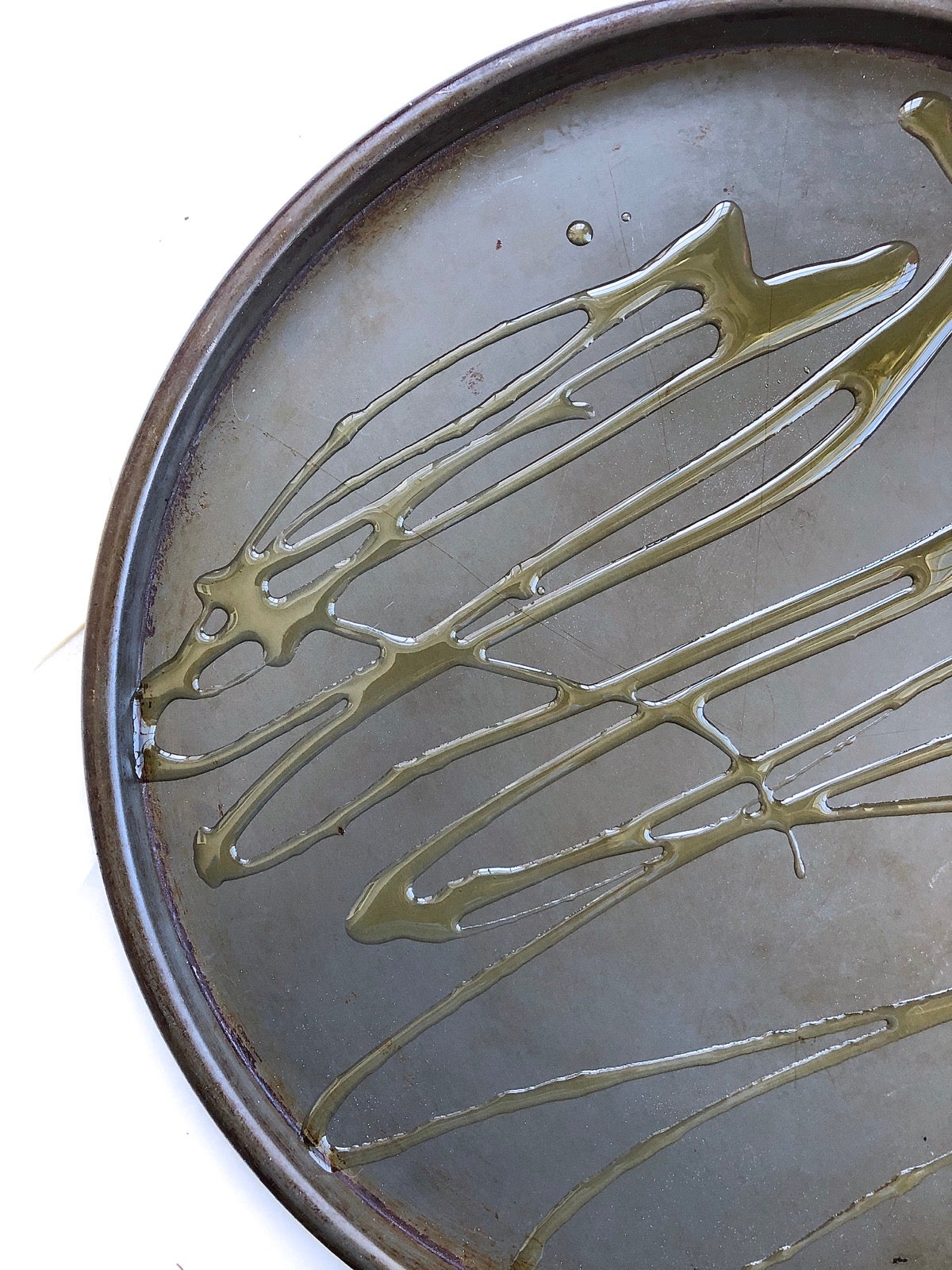
The best thin-crust pizza will be baked either in a dark pan, which transfers heat most efficiently; or on a hot baking stone or steel. Either of these will yield crust that’s brown on the bottom and crispy all the way through.
In order to take advantage of a stone or steel’s heat-holding qualities, be sure to preheat your oven thoroughly. I heat mine to 450°F for at least 30 minutes, and 45 to 60 minutes is even better.
Placing your stone or steel on a center oven rack yields the best of both worlds: a perfectly browned crust, both top and bottom.
If you use a pan, should you grease it? No, not unless you’re going for that distinctive “fried dough” quality some crusts have. If so, drizzle the pan with olive oil. But be aware that dough in an oiled pan is likely to shrink and produce a somewhat thicker crust than dough in an ungreased pan (or on a stone).
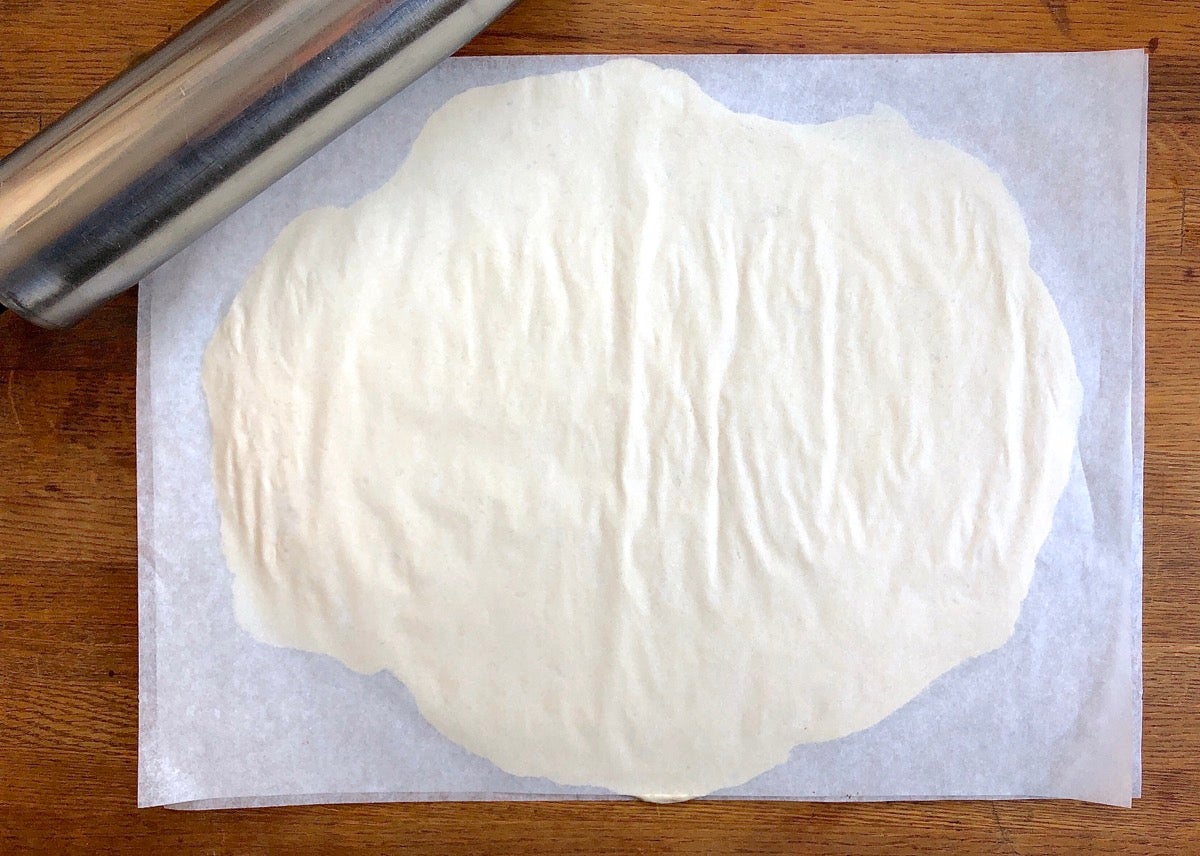
If you’re a pizza dough pro, you can hand-shape thin-crust pizza simply by twirling it over your knuckles (with the occasional toss into the air). But for most of us, thin crust means lots of patting or, much easier, rolling dough between two sheets of greased parchment.
Take your kneaded dough and pat/pull it into a rough oval or circle. Place it on a piece of well-greased parchment; the parchment needs to be greased since you’re going to roll the dough about 1/8” (or even less), and you don’t want it to stick to the paper.
Wait about 10 minutes for the gluten in the dough to relax, then roll it into a 1/8”-thick circle or oval. Note: If you’re using dough that’s been refrigerated (e.g., no-knead dough), you can skip this 10-minute rest.
How much dough translates to what size crust? I’ve found that 255g (9 ounces) of dough makes a 12” crust; and 369g (13 ounces) makes a crust about 12” x 15”.
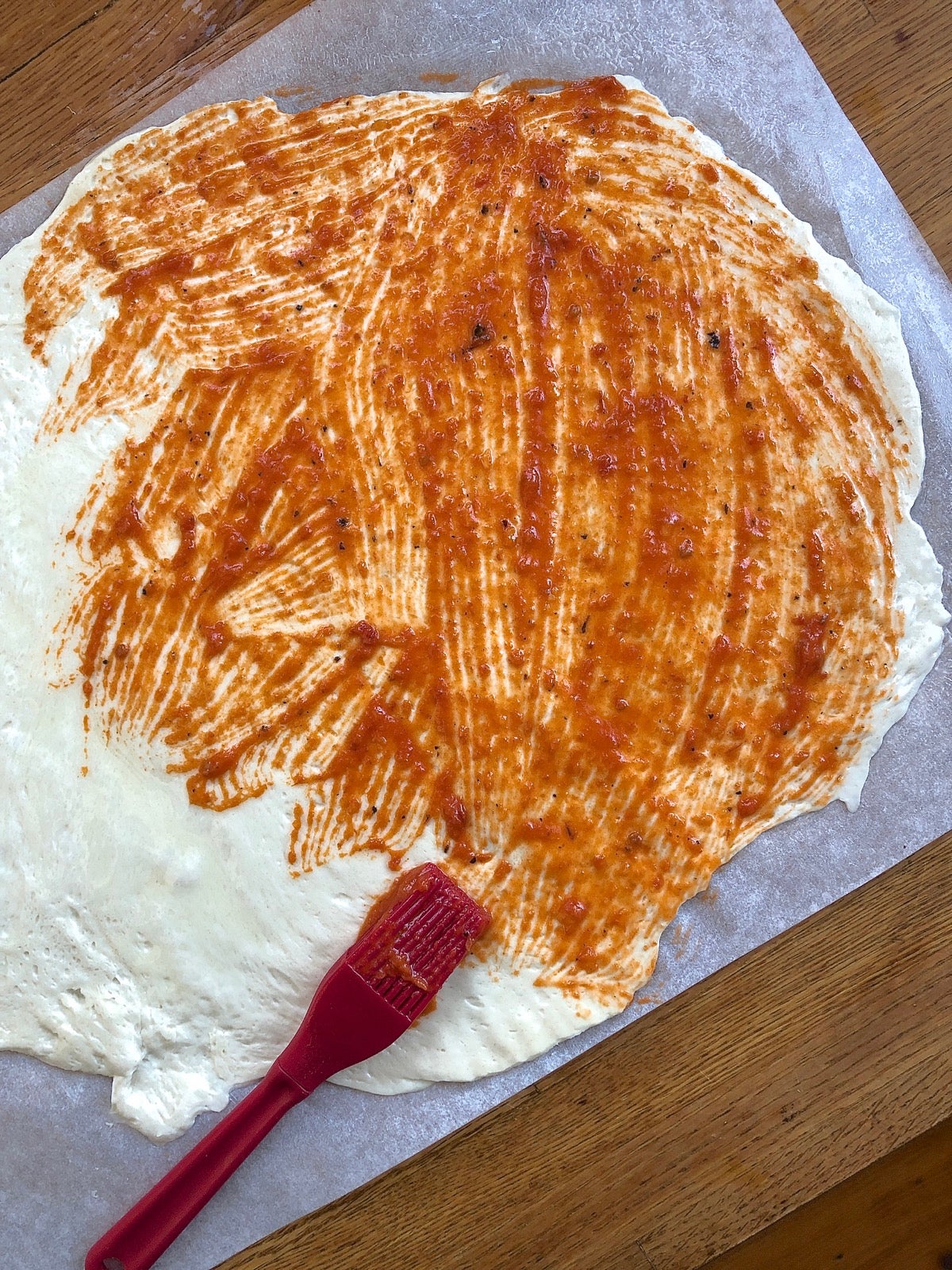
Now it’s time to carefully peel off the top layer of parchment and add your toppings. Use a minimum of sauce on your thin-crust pizza; too much sauce will drown the crust beneath, turning it soggy.
I find about 1/4 cup sauce is perfect for a 12” round pie, while a scant 1/2 cup works well for a freeform sheet-pan pizza (about 12” x 15”). A pastry brush is the perfect tool for giving the crust a complete (yet thin) coating of sauce.
Again, you don’t want to overwhelm your thin-crust pizza with cheese (or any topping, for that matter). I find about 1 cup (4 ounces, 113g) grated cheese is plenty for a 12” pizza; while 1 1/2 cups is enough for the larger freeform pizza.
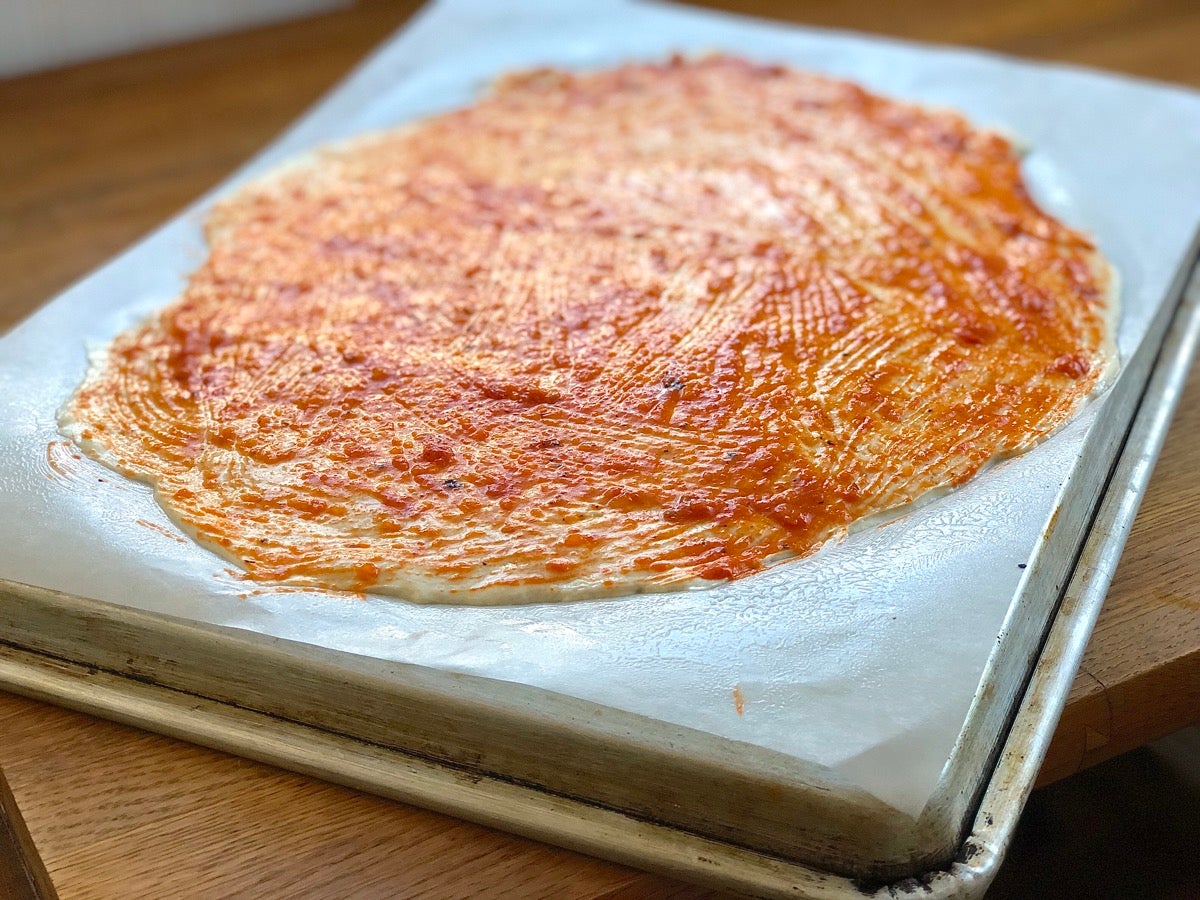
If your pizza isn’t in a pan, it’s going to be floppy and hard to move around. The solution? Place it (still on its parchment) on the back of a half-sheet pan or large cookie sheet, which is your homemade version of the traditional baker’s peel. Position the pan level with the stone, and gently slide it off the pan onto the stone.
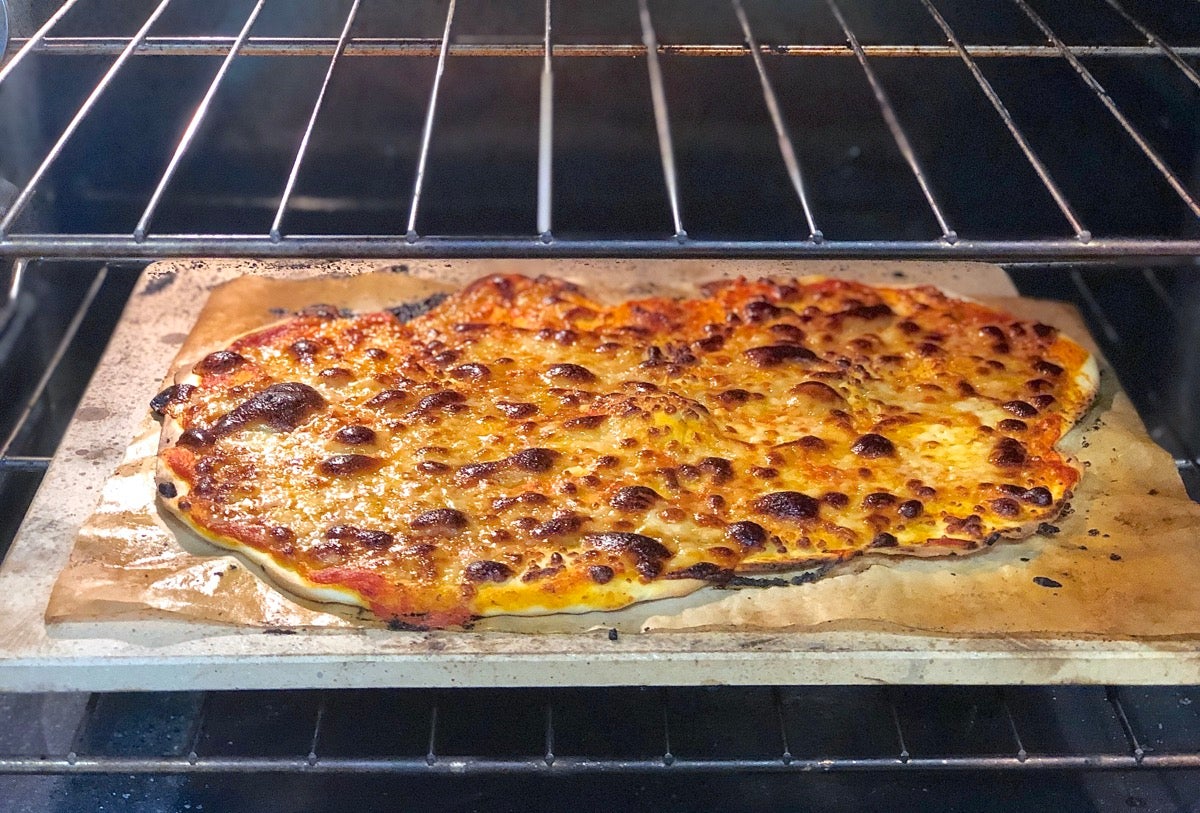
For the crispiest crust, bake your pizza until it’s thoroughly browned. To take it off the stone and out of the oven, carefully grab a corner of the parchment and slide the pizza back onto the back side of the baking sheet. Slip it off the parchment and onto a rack to cool.
For pizza that's thin in the center and thick around the edge, try this.
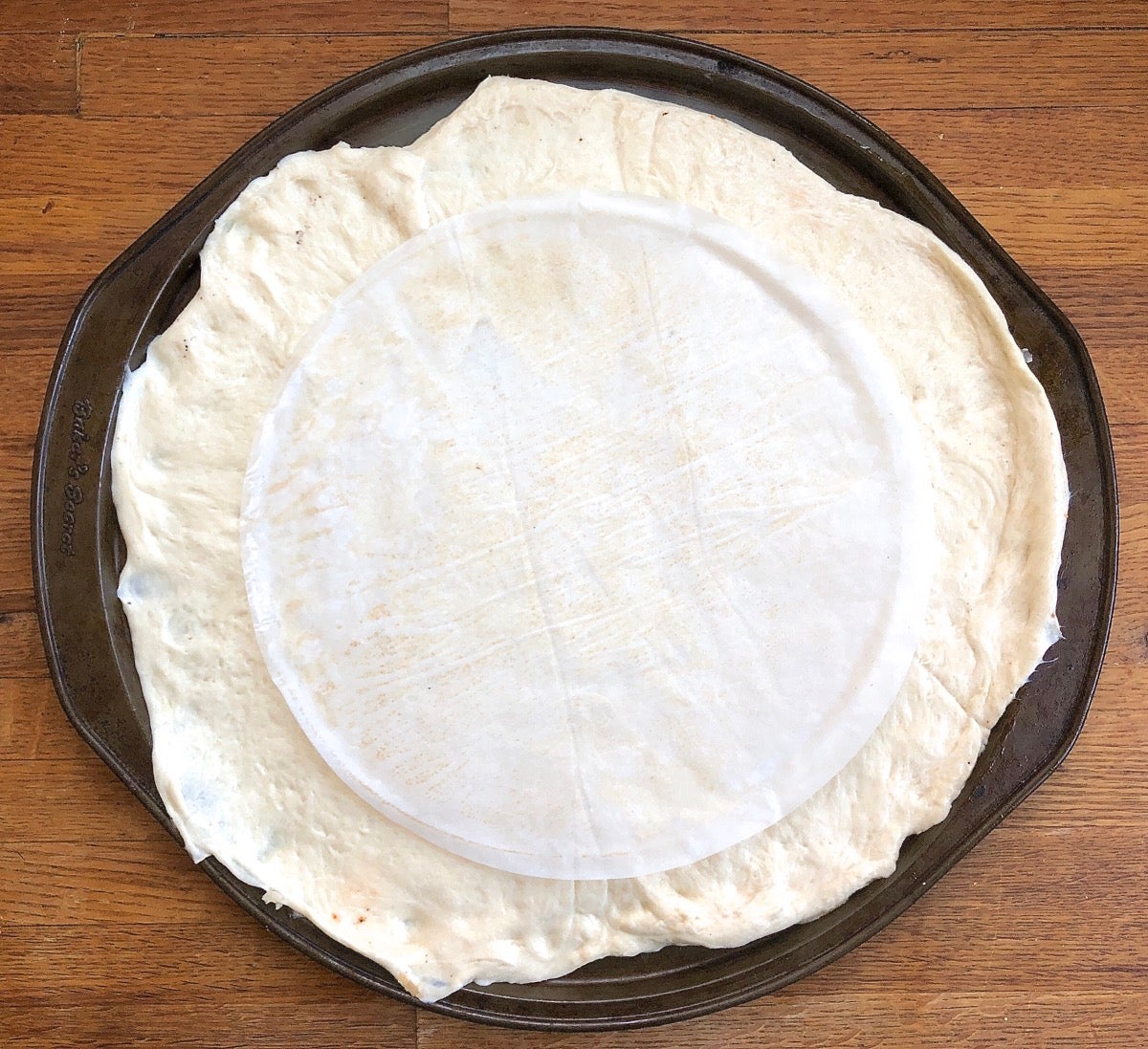
Roll your crust and place it in a 12" pan. Top with a 9" parchment round.
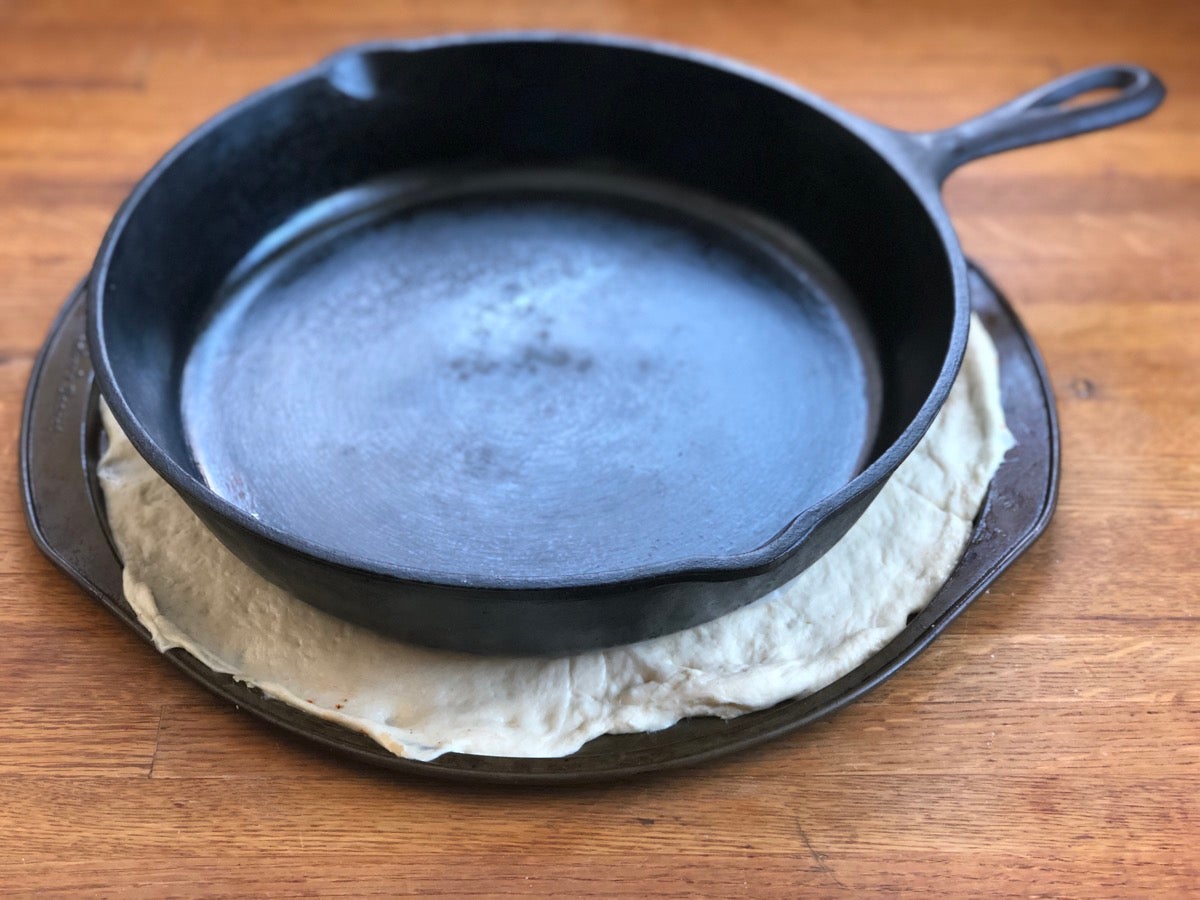
Place a cast iron frying pan in the center of the pizza, one that's large enough to cover most of the bottom. The parchment is there to keep the pan from sticking to the dough.
Roll the edges of the crust to the edge of the pan. (The picture above was taken before I rolled the edges.)
Bake the pizza for 5 minutes. Remove it from the oven, remove the frying pan, add sauce and cheese, and return it to the oven (without the frying pan) until baked through.
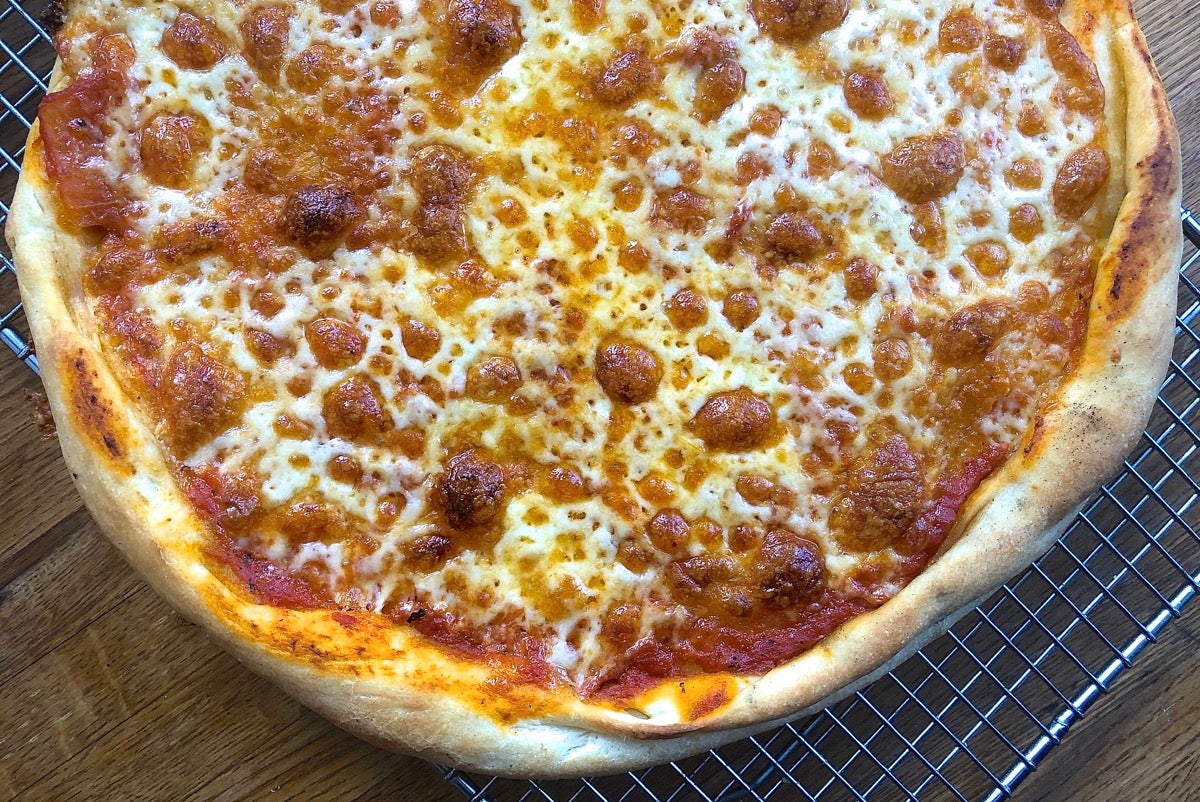
Voilà! Thin-crust pizza with a thick "handle" around the edge.
What if you simply roll the edges of the dough and leave off the frying pan? The difference between edges and center won't be as pronounced; the frying pan ensures the center of the pizza — which tends to rise highest in the oven — stays relatively flat.
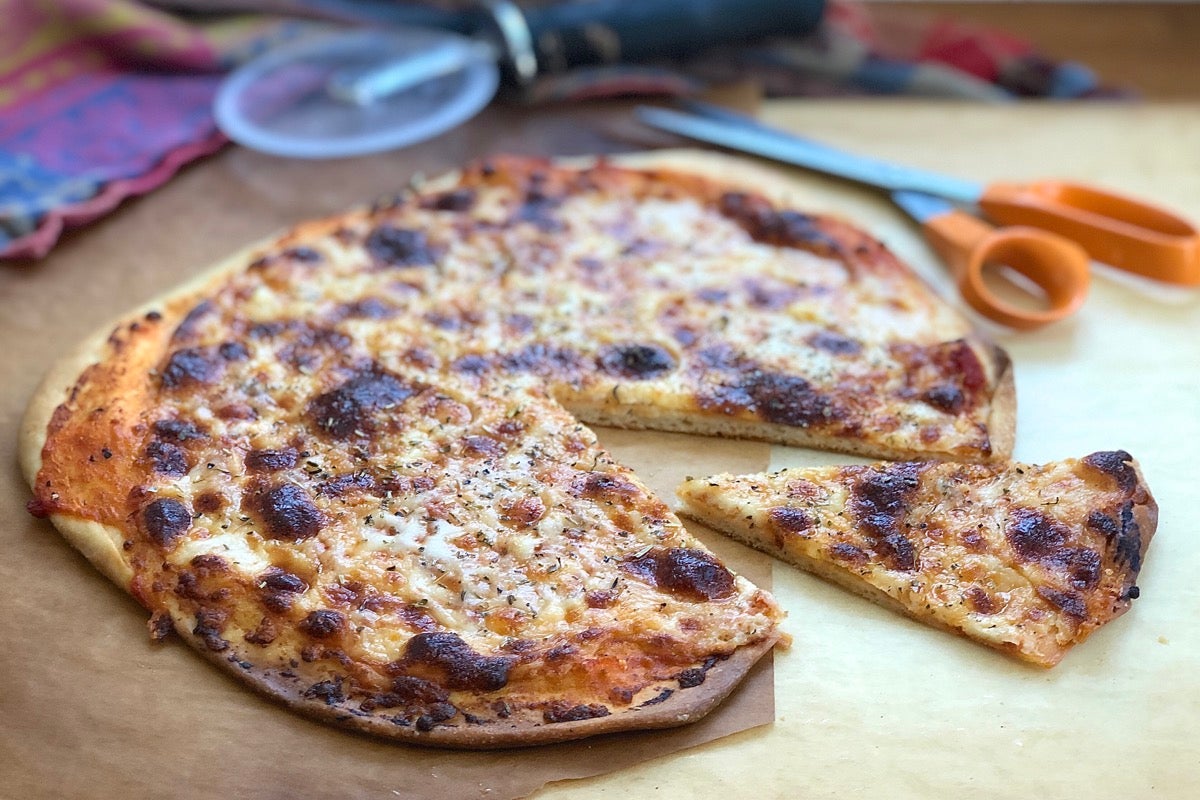
You can use a knife or pizza wheel to cut pizza, but I always use a clean pair of scissors. I'm usually cutting on a counter or some other surface I don't want to nick or scratch; unlike a knife or wheel, scissors leave no mark.
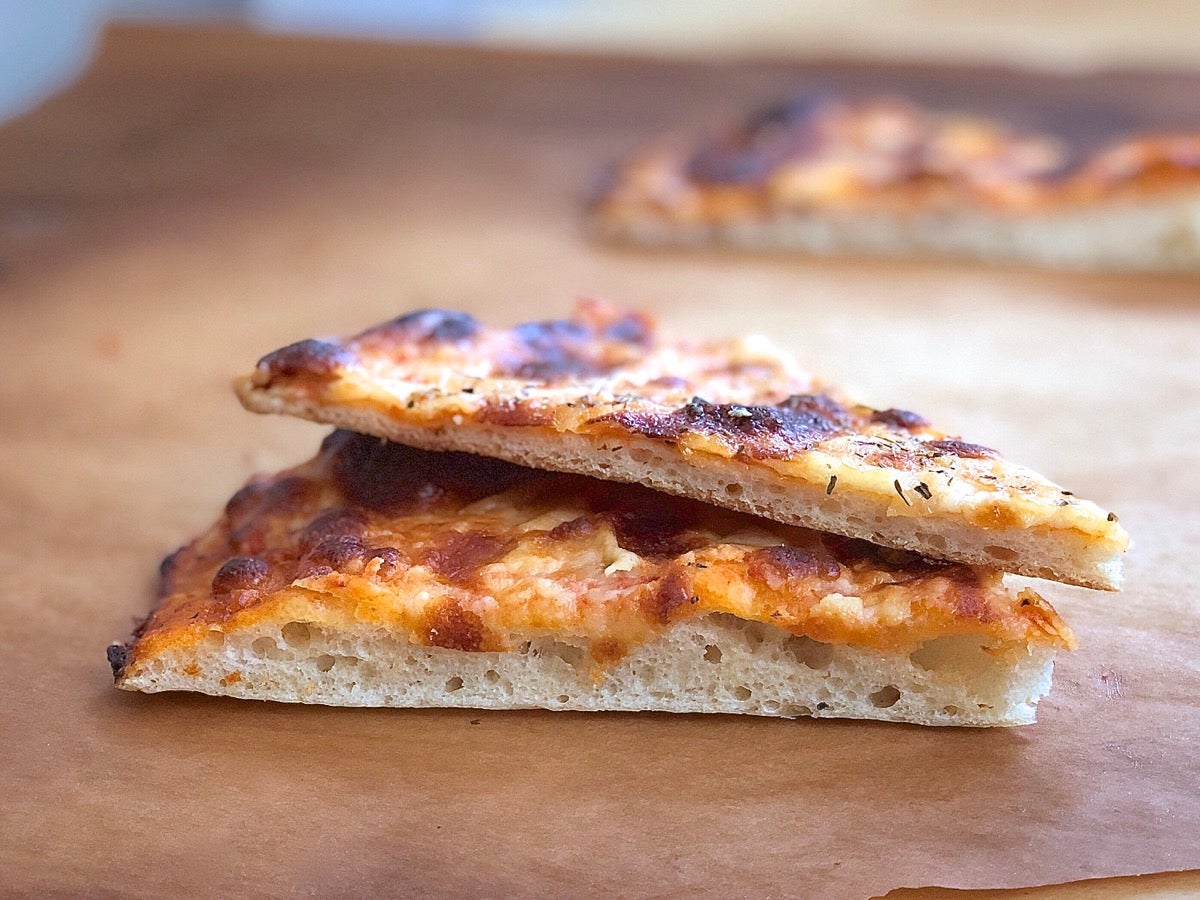
Whether you prefer your pizza a little bit thicker and chewier (1/2") or cracker-thin (1/4" or less), the best thin-crust pizza is totally up to you. Forget the takeout this weekend — go forth and bake!
If you're a thin-crust pizza "apprecianado," surely you have some tips of your own to share. Comment below to connect with us and your fellow readers.